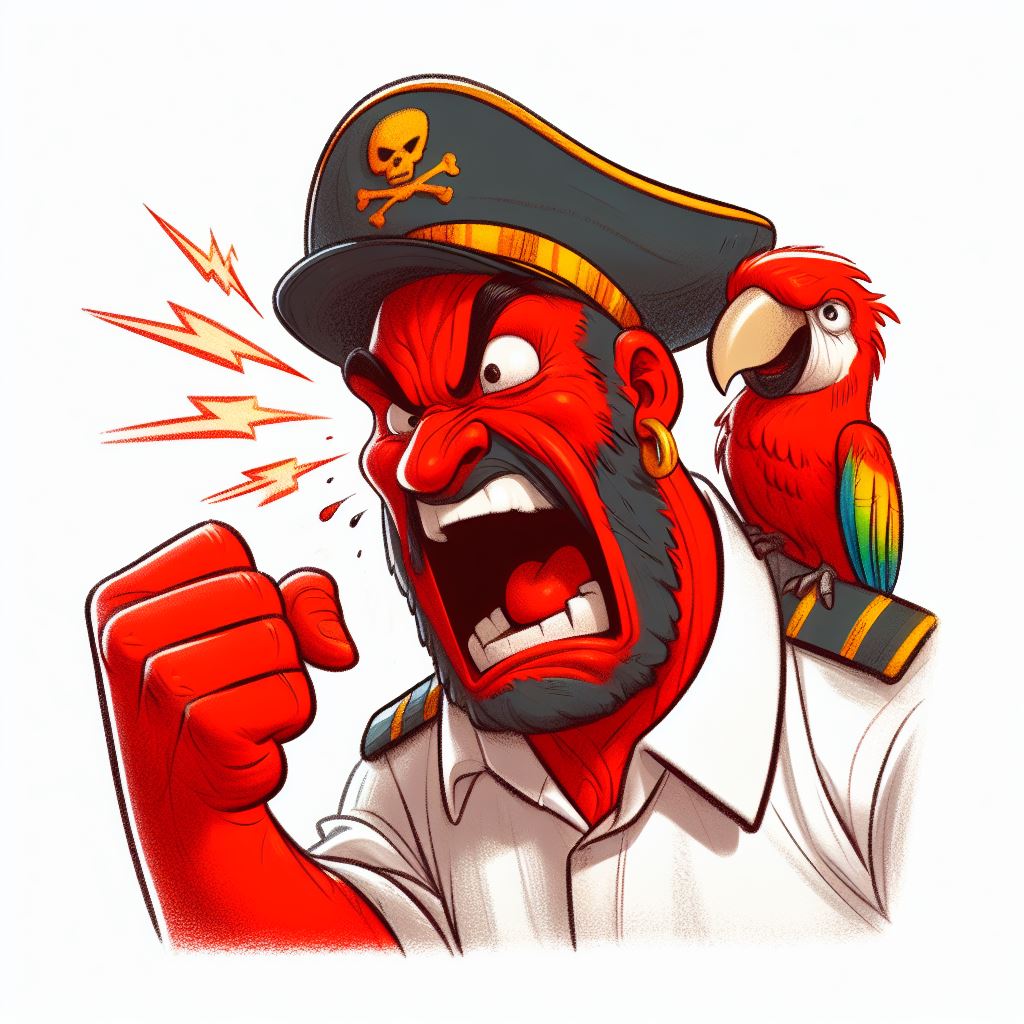

Or installing software the Windows way: google “something doer” and click the second link, find the Download page and then click yes when it asks “Allow Sworn Enemies Of Democracy to make changes on this computer?”
Linux gamer, retired aviator, profanity enthusiast


Or installing software the Windows way: google “something doer” and click the second link, find the Download page and then click yes when it asks “Allow Sworn Enemies Of Democracy to make changes on this computer?”


I begrudgingly prefer AppImage to being told to make make install, at this point. You know those little projects that will never go into a standard repo or flatpak. For example, some ham radios used a converter box that hooked up to a Windows 95 PC via serial so you could program its internal memory. Well, none of that shit exists anymore. so some guy somewhere has written a thing to do it with a Raspberry Pi’s GPIO. 444 people in the world will ever download and use this software. I’d rather you AppImage that than tell me to git clone make make install.


My PC has 32GB of RAM. I can run a video game while having a fuckton of browser tabs open. I could probably get away with 16.


I am in the final stages of building two PCs for relatives of mine, and I don’t think I did so an hour too soon. I watched RAM double in price the day after I bought it.
If you want to do anything of any scale with Python, you need to understand OOP because that’s how modules work, but you can use it without.


And they did this by theming and extending Gnome, so Gnome must break it on their behalf bi-weekly.
That’s normal. cats are a viscous liquid.


Modern day Quickbooks has gone the way of Office 365 hasn’t it? It’s just their website?
That’s something that has me hesitating starting a business, is Linux business software. I’ve heard of Odoo, and it’s allegedly open source but kinda not…?


I believe the original concept was that humans were used for processing power, but explaining “brain is computer, computers together stronk” to the audience of a guns and karate movie in 1999 wasn’t as easy as holding up a duracell.
AFAIK the syntax seems to be the same.
def sayHam():
print("Ham")
sayHam()
works when typed into the Python console, no class needed. I program as a hobby, I’m no expert on the language, but does Python even differentiate between functions and class methods internally? Other than just scope? There’s a possibility I’ll learn something today.


What it would look like is a badly themed badly optimized front end that isn’t in the App store, was recently removed from the Play store, with a rape awful name like CLIT or CL Isn’t Tinder or LibreMeetCute and a nonsense icon. It would rapidly become recognized as the engine used by the huge number of extremely sketchy personals sites that popped up all of a sudden that contain only virtual prostitutes. It would also be the engine that powers Truth Romance. It would have the worst Github issues page in human history.


I was in late middle school, like 11 or 12 years old, walking down the street with my friend Chris, and there was a bolt of lighting right near us. I don’t know how close it was, I saw white and heard the loudest sound I’ve ever heard in my life. It felt like it struck 10 feet up the road. I think that’s the fastest I’ve ever run.
Python: def :
derpface.jpg


I’m willing to believe that. I figure there are going to be a lot of Steam users who “also game” on a machine with integrated graphics, or their 5 year old Inspiron laptop, or a mid-tier enthusiast machine they built six years ago, or a dumpster dove Optiplex with whatever low profile GPU the scavenger could find that week.


I’ve got a Linux machine attached to my TV right now. It’s basically a Steam, Kodi and Firefox box.
surprised its not just Conky.


My experience with LibreOffice is it works fine if you’re doing straightforward things by yourself. MLA formatted essay? “Twelve point double-spaced Times New Roman or you get a zero” and they never noticed my papers were Liberation Sans? Sure that works. “Pick a partner and make a 20 slide PowerPoint presentation” is a nightmare because sharing files back and forth between Powerpoint and Impress doesn’t work very well.
The more usable solution to that is Google Docs. I had a group project with four other guys, and we were all sat around a table typing in the same document at the same time on three different operating systems. Played perfectly well with Windows, Mac and Linux. Us Linux nerds who hate “the cloud” because “someone else’s computer” and Google because “Don’t Be Evil” kind of lurch at that one, but it functions.
Or would they demand it in Go? Or have they abandoned that?